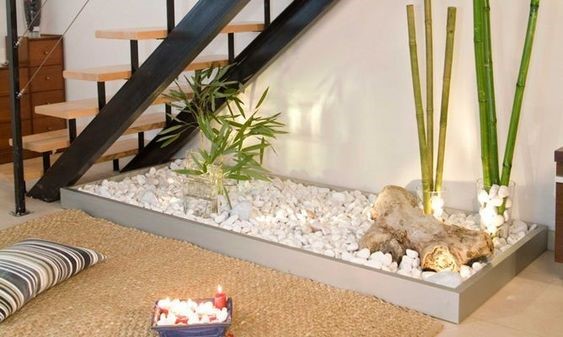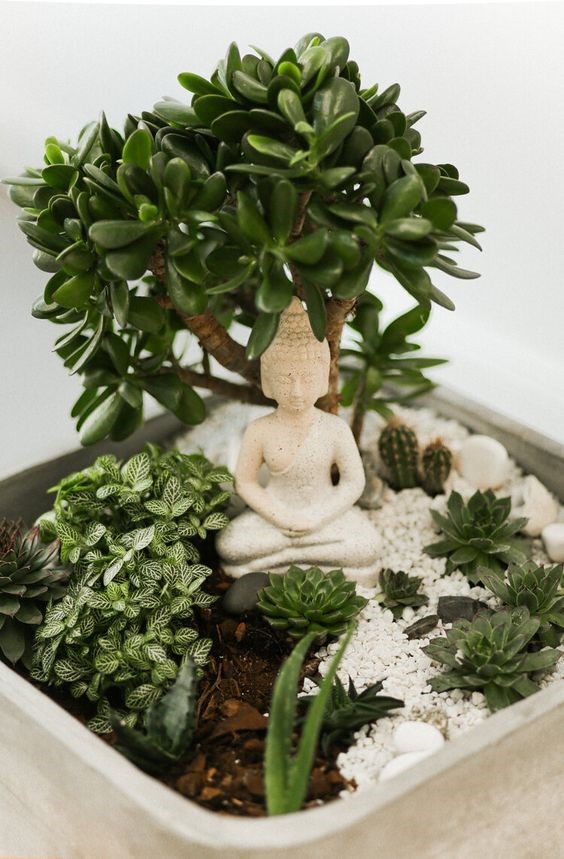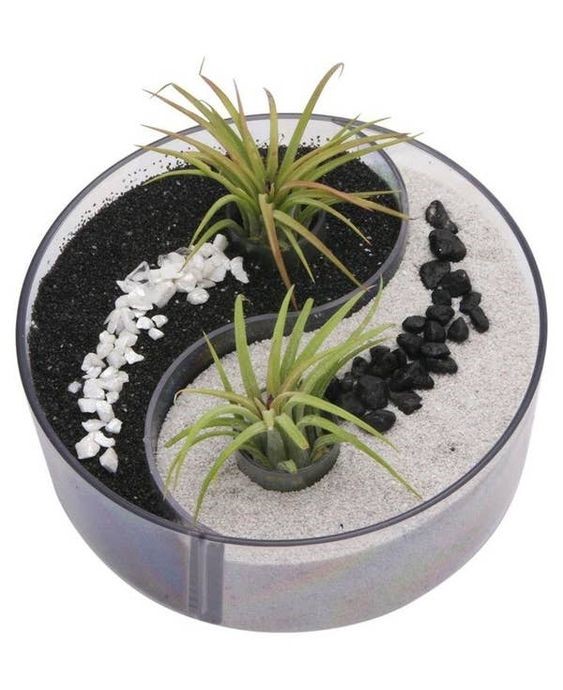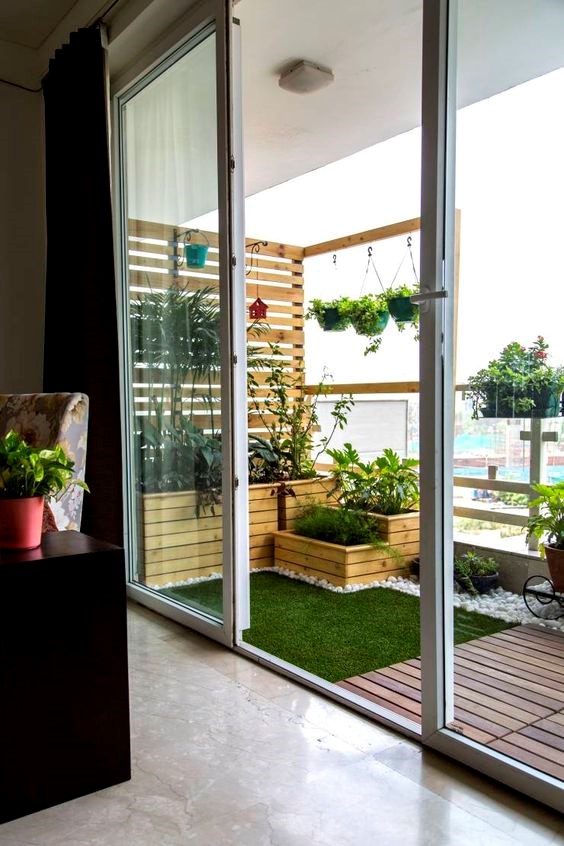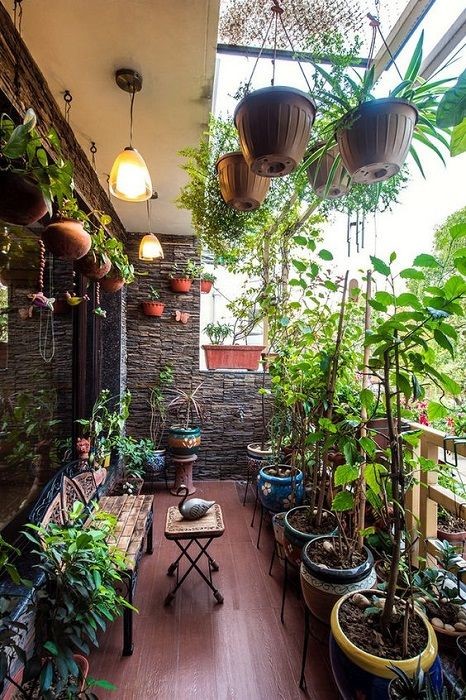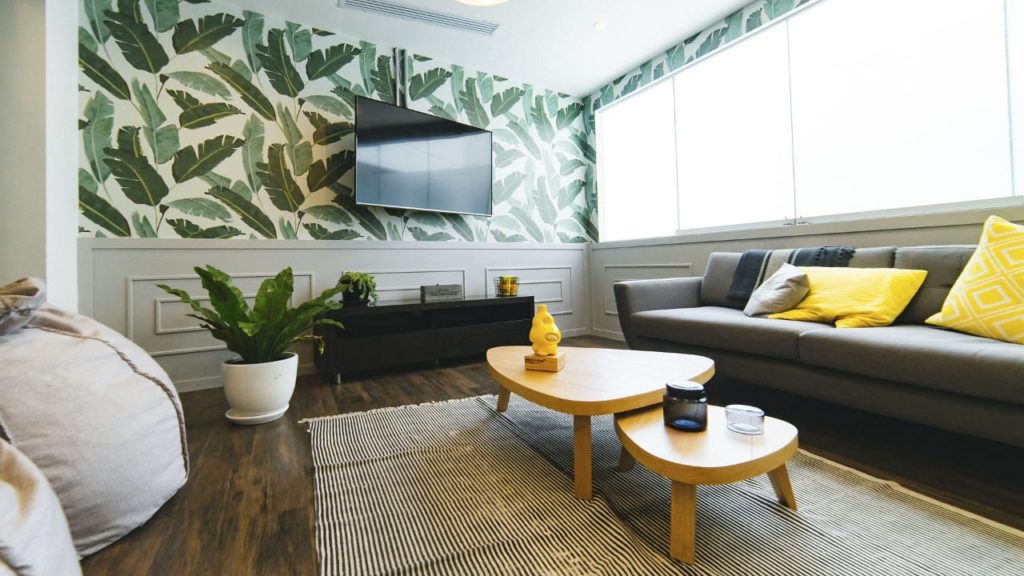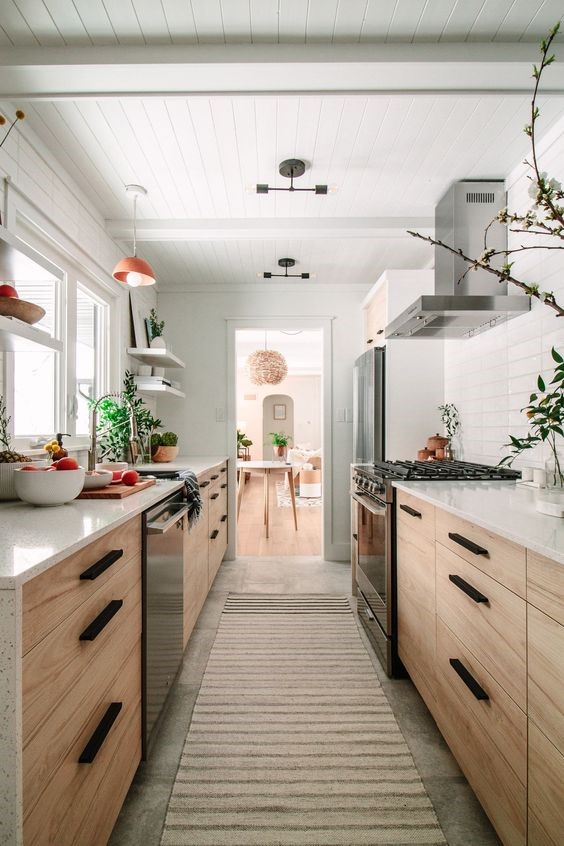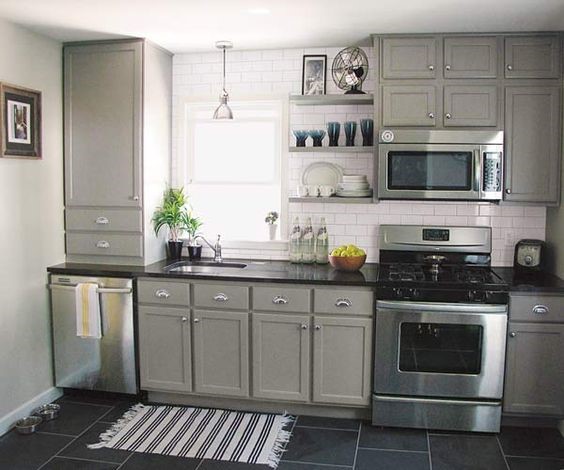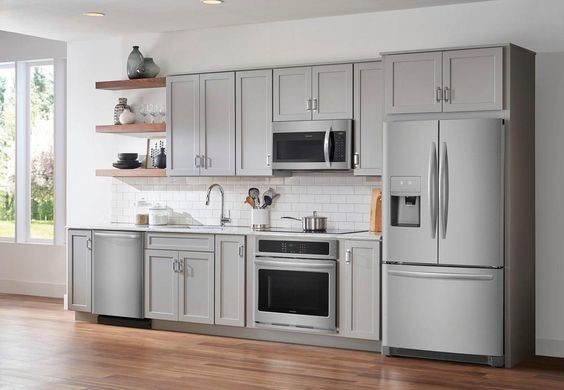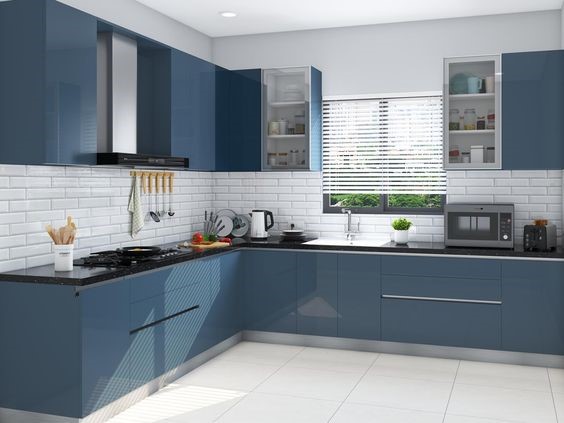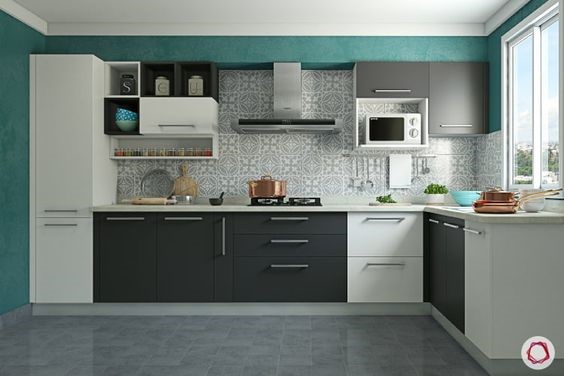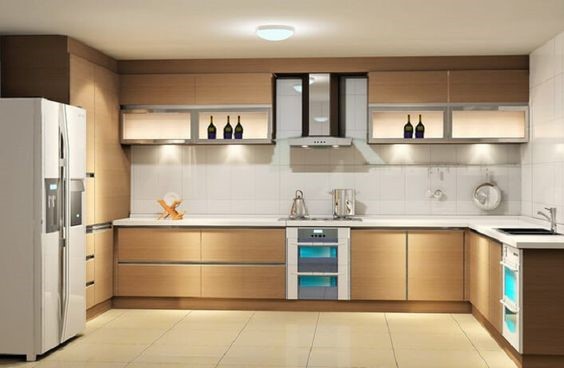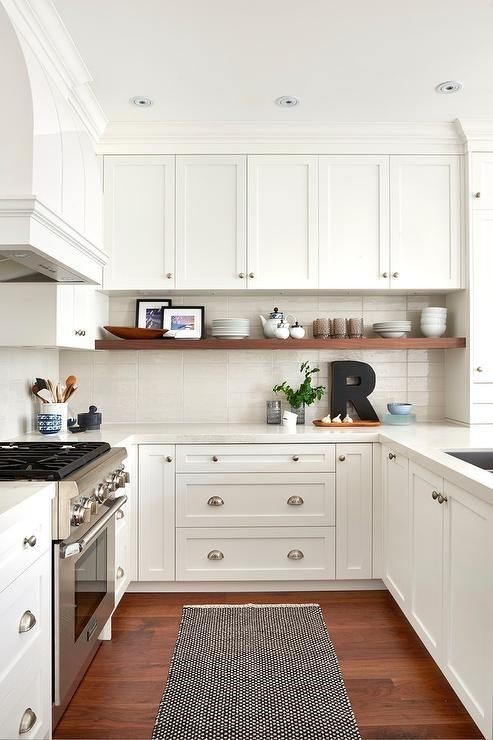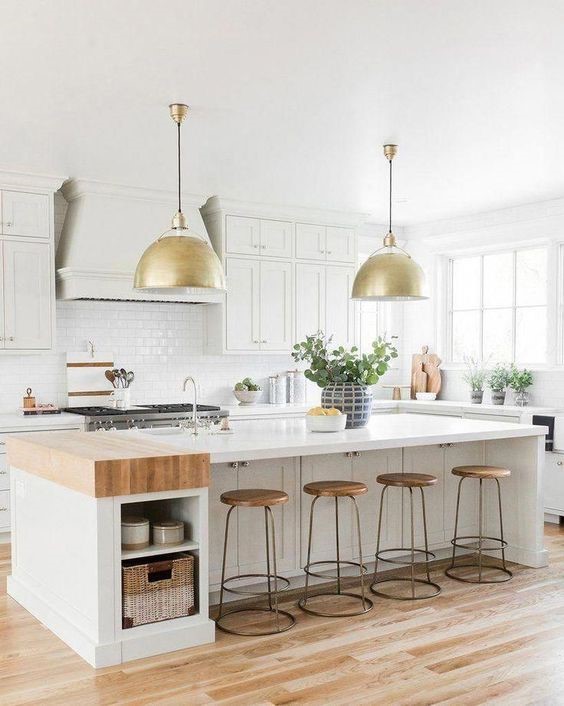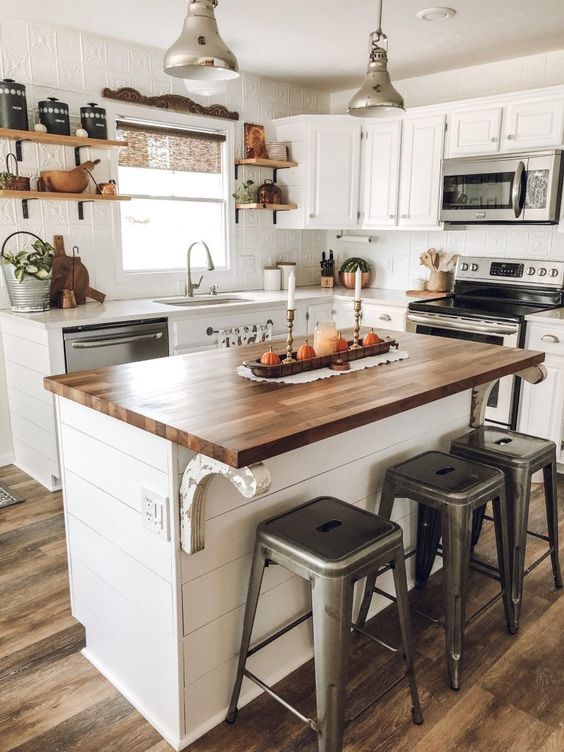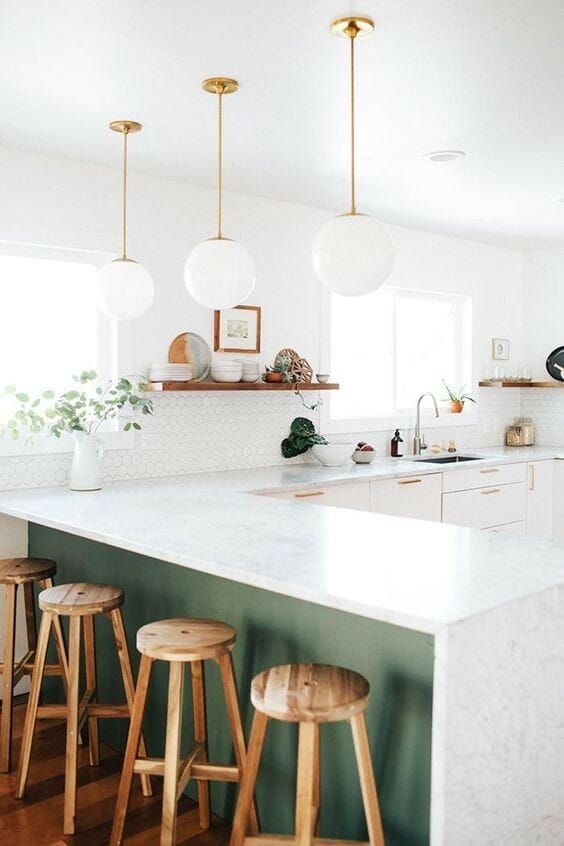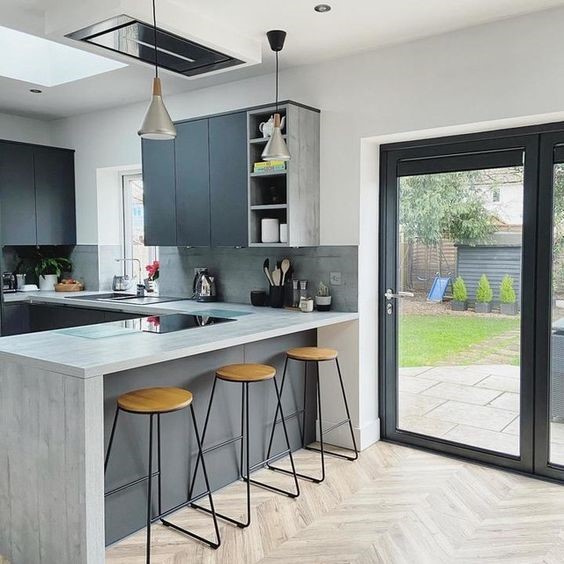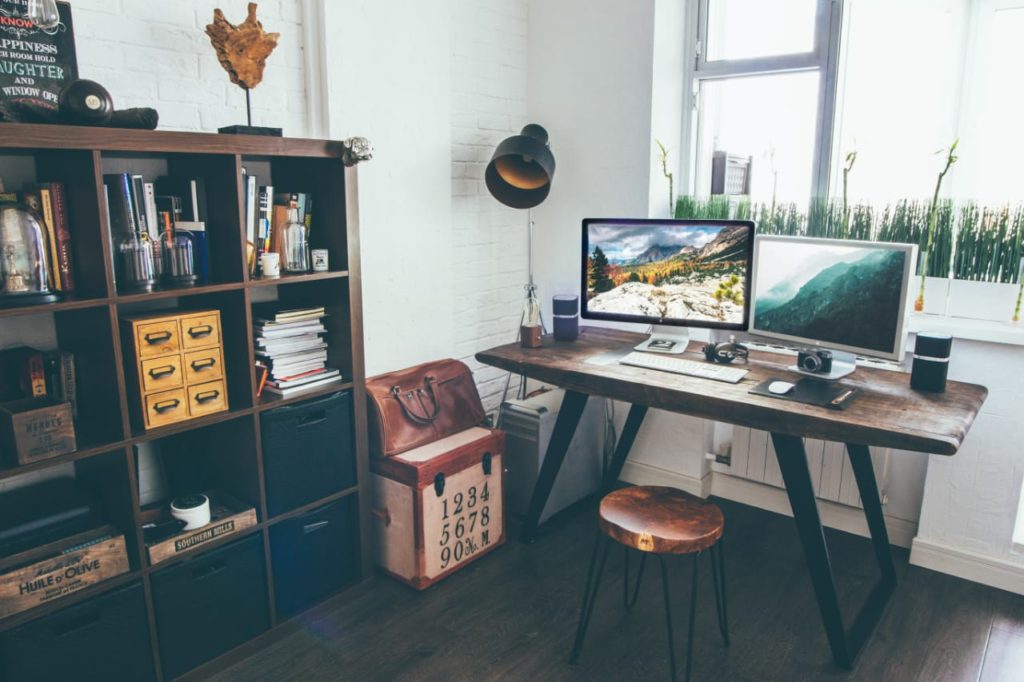Our previous post spoke about how you could care for your home during the monsoons. Today, we will share a few more simple tips that will help you enjoy the rains sitting in a green garden or balcony. And how you can keep your kitchen & bathroom smelling great and free from mildew.

HOW TO CARE FOR YOUR HOME GARDEN IN THE RAINS
Not everyone has a green thumb. But the rainy weather is your best friend if you want to grow something in your garden. Just keep in mind a few dos & don’ts and you can enjoy this awesome weather amidst thriving green surroundings.
Rain-Proof Your Outdoor Deck!
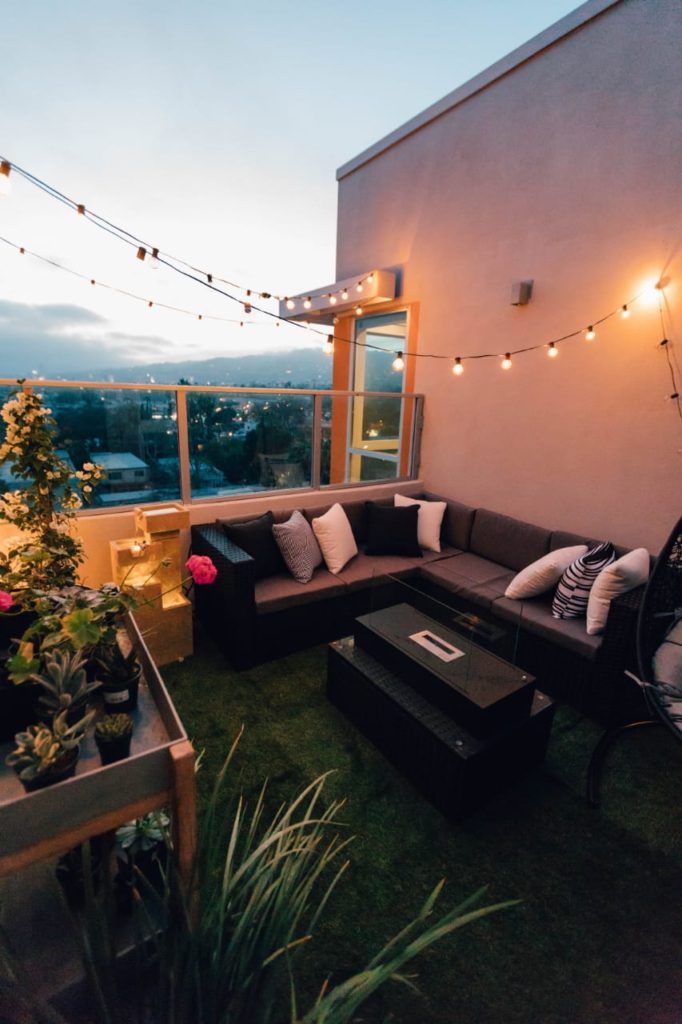
If you have patio seating, ensure that it all-weather-proof outdoor furniture. You could use weather-proof polish on wood or get furniture in materials like wrought-iron, plastic, rattan or synthetic leather.
If you have a balcony that is partially covered, put it blinds that that keep away the rain water from. You can choose from a variety of options like bamboo or PVC-chiks or even transparent ones depending on your preference for fibre and finish. You could also install retractable awnings.
You can brighten up a gloomy day by add some color with artificial grass that can withstand rain. You can add bright cushions too – these can easily be carried indoors when not in use and hence saved from rainwater.
Avoid Over Watering
Be it a lawn garden or in a balcony, all of us have been guilty of overwater at one time or the other. Since the moisture content is already very high during this season, pay attention to how much water you are feeding your plant. Some plants don’t even need watering every day! Make sure there is no stagnant water by choosing well-draining bright pots and planters. This will help avoid root rot, keep away the mosquitoes and related ailments.
Prune Away!
Only when you prune, do you make way for new life to start on your plant. So snip away at the right places and watch the green shoot-out & flourish!
Befriend Your Natural Gardener!
Frogs, toads, earthworms – while they may make us go EWWWW they help your garden thrive as they keep away insects, pests and help to keep the soil fertile.
MODULAR KITCHEN CARE FOR THE MONSOON
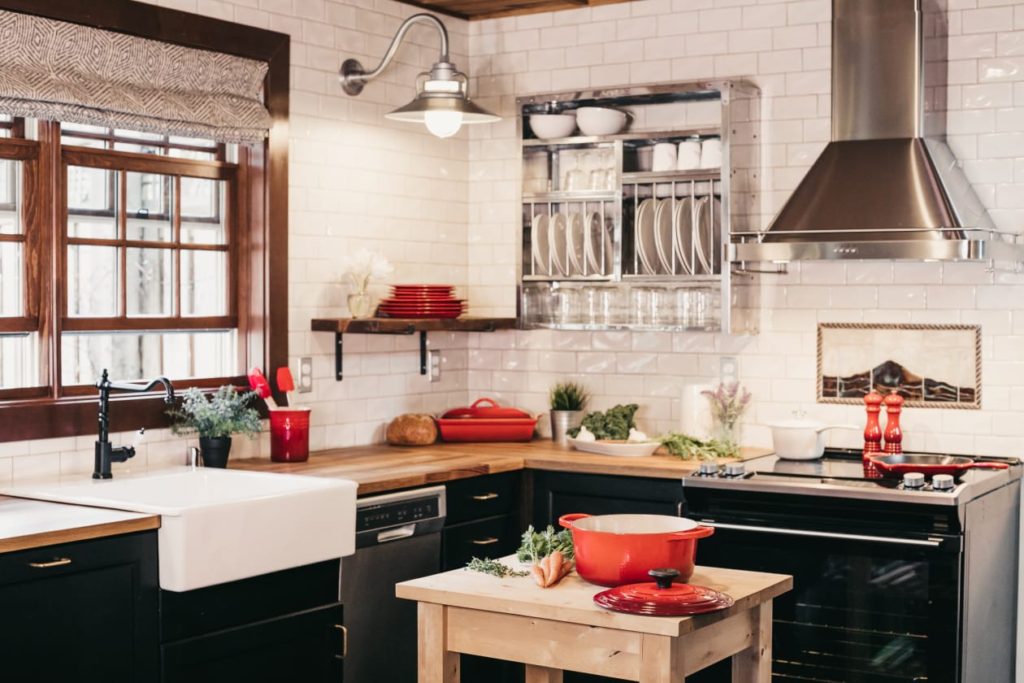
Wiring? Leaks? Check
The moisture affects the electrical wiring and sockets. And your kitchen is a space that has many of these because of the appliances that are used. Make sure you do a check of these periodically to avoid any accidents or malfunction.
Check for water leaks in the kitchen, especially under the kitchen sink cabinet. These can have water leaks which could lead to mildew in the weather. Similarly, check for any holes or gaps and fix them with cement as monsoon attracts ants as well.
Food Storage
If you have open packets of snacks, chips, biscuits or pulses, seal them in airtight containers or zip lock pouches. You can also place small packs of silica gel as these absorb moisture.
Clean & Disinfect
Monsoon attracts a lot of germs. Always wipe down your kitchen counter tops and keep them free of moisture. Use natural disinfectants like citronella or neem essential oil that also keeps away bugs.
Aromatic Kitchen
The damp odour that is typical of the wet weather may be common in some kitchens which don’t have good ventilation. The natural aroma of freshly brewed coffee or a cake in the oven or some hot yummy food on the stove covers the smell of mildew to a large extent. For other times, keep perfumed bath salts in cabinets or burn essential oil to ensure that your kitchen is always smelling good.
TIPS FOR BATHROOM MAINTENANCE DURING MONSOONS
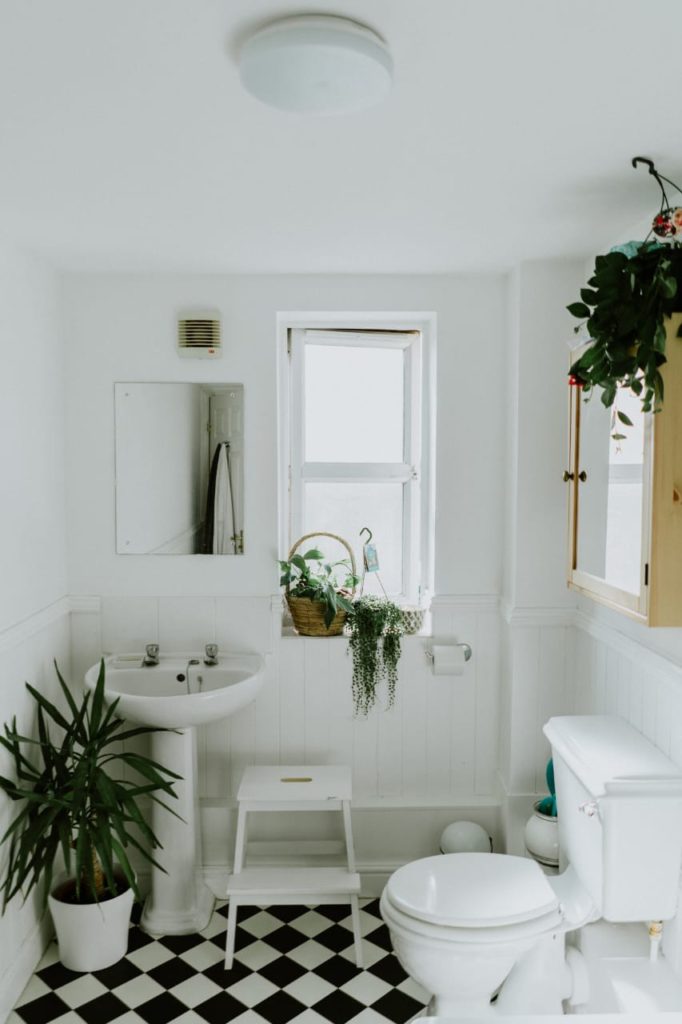
Strange but true fact – this is an area of the house which offers peace and comfort due to its privacy. Hygiene is of utmost importance and needs extra attention in the rainy season.
Electrical Connectivity Check
Here too, a wiring and electrical check is mandatory. Ensure your exhaust fan is work as this help air out the closed space of the bathroom and keeps the air circulating. Check your geyser is working well – you can enjoy luxurious dip in a bathtub of hot water in this damp weather!
Mats and Shower Curtains
Remove cloth foot mats as these don’t dry well in the rains and can give out a damp smell. Replace them with all-weather anti-skid bath mats. Similarly, ensure your shower curtains are dry and aired well to avoid fungus.
Bathroom Décor
Finally…pay special attention to the décor. Personalise your bathroom and create a soothing ambience by adding a few things. You can add a small pot of plant like Orchids which love the humidity of the bathroom or a Snake Plant or Aloe Vera which helps purify the air. Add small pots of aromatic bath salts or potpourri & burn scented candles. These not only make your bathroom look chic but also ensure that it smells great!
What are the other things that you do to maintain your garden, kitchen or bathroom during the rainy season? Do write in with your tips!

